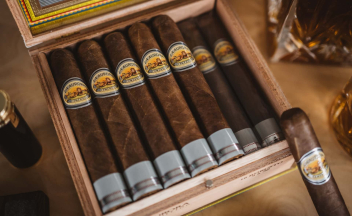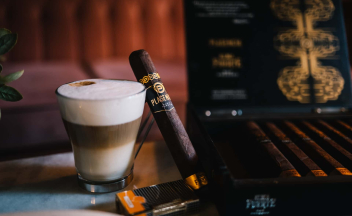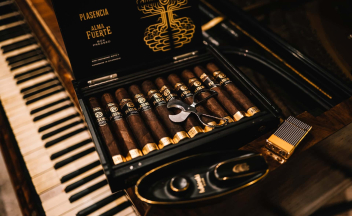
How to Light a Cigar the Right Way: Step-by-Step Guide
When you know how to light a cigar effectively, you can smoke the way the manufacturer intended. It’s easy to assume that lighting a cigar is a lot like lighting a cigarette – but this isn’t quite the case. Cigars and cigarettes differ not only physically but also in how they are lit.
Cigars are larger and thicker, meaning they can take much longer to light properly. Here’s a guide on how to light a cigar for beginners. Learn it all – from choosing the right lighter to keeping your cigar burning evenly.
Step-by-Step Guide to Lighting a Cigar
1. Choose the Right Lighter

The key to knowing how to properly light a cigar is knowing which source of flame to use. There are many different options, some much better than others. For example, using a candle or stovetop to light a stogie ruins its flavor. Other, more reliable methods include using a wooden match or cedar strip.
2. Cut the Cigar

When picking up a fresh, unused cigar, you’ll notice that one end of it is flat while the other is curved. So, which end of a cigar do you light? The opposite end to the one you cut.
The flat end is the ‘foot’. You hold a flame near this to light the cigar. The other end, the ‘head’, is covered by a small piece of tobacco – the ‘cap’.
Before you can smoke the cigar, you must make a small cut in its cap. You can do this with a dedicated cigar cutter, a knife, or scissors. Some people even use their teeth or fingernails, though this isn’t recommended.
3. Toast the Foot

Before lighting the cigar, it is wise to toast it. This starts with you holding the flame near (and at a 45-degree angle to) the cigar’s foot.
By gently rotating the cigar as the flame heats it up, you can evenly toast the foot. Otherwise, when you later smoke the cigar, parts of it could burn much more quickly than others.
When the cigar tip starts smoldering, this is your cue to start lighting the cigar.
4. Light the Cigar
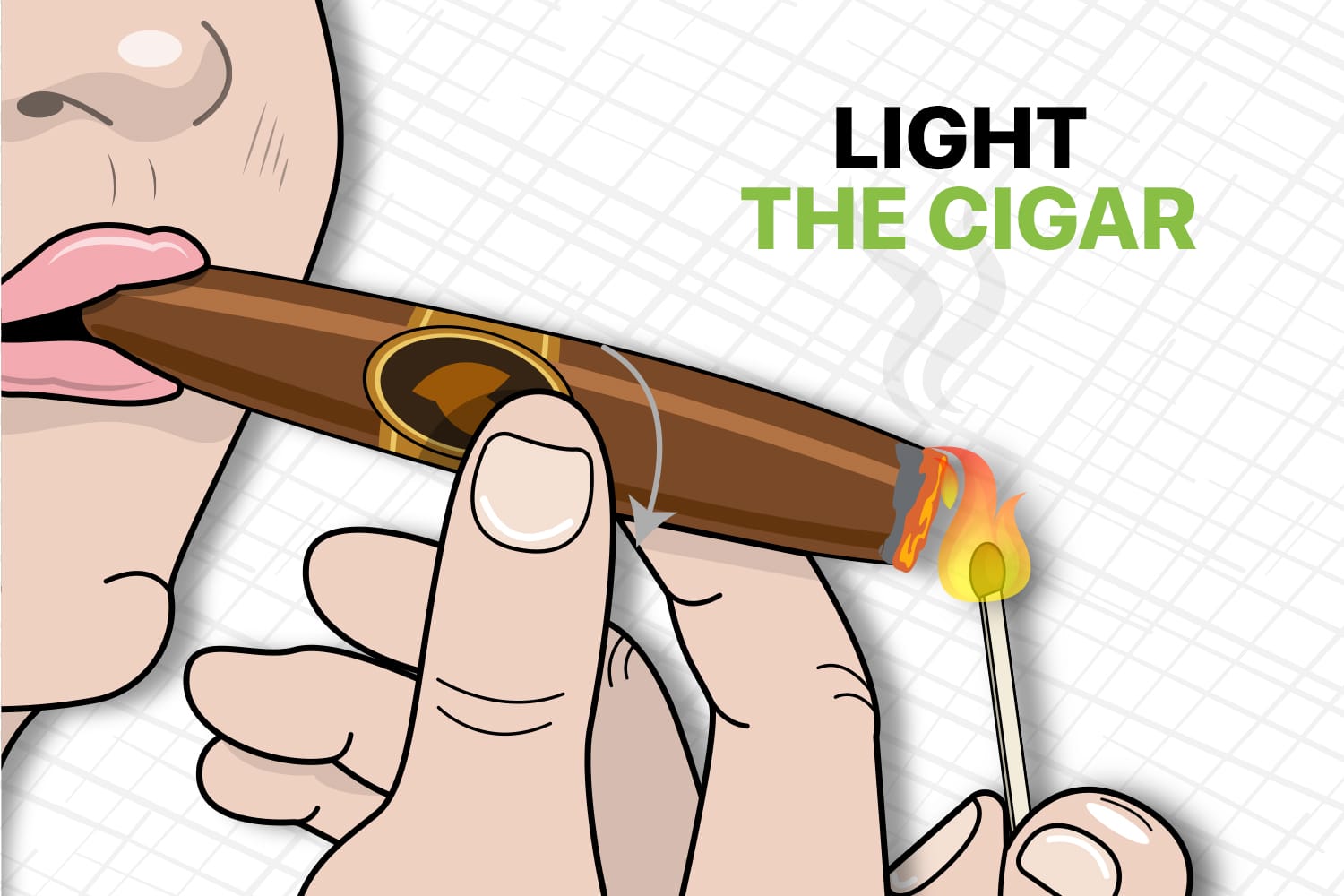
With the flame still close to the cigar, put the head in your mouth and take short puffs. Doing so draws the flame into the cigar.
At this stage, too, continue rotating the cigar. You already toasted the tip evenly – now you need to light it evenly, too. When you succeed at that, the cigar’s entire foot will glow.
5. Fix Uneven Burn

You get an ‘uneven burn’ when at least one area of the cigar burns faster than the rest. There are many potential fixes for this. For example, you can apply some moisture (like saliva) to the wrapper to create a ‘speed bump’ that slows down the burn.
Alternatively, use your lighter to burn off any uneven section of the cigar’s foot. Have an ashtray ready to catch the uneven bit. It’s hot, so you don’t want it to fall on you!
If the cigar doesn’t light evenly, don’t be afraid to touch it up with a little extra fire. Just follow the same steps as before until the foot is fully lit. A well-made premium cigar with a slightly offset burn will often correct itself, so give the cigar time to work its magic.
If it does not improve or worsens, then it could be due to construction issues or excessive humidity swings. It can happen on occasion, so it is always a good idea to have a backup cigar handy. And if it happens too often you need to reconsider where you buy your cigars.
How to Relight a Cigar
Don’t be surprised if the cigar keeps going out prematurely. This could easily happen if you get distracted for too long or take a break from your cigar smoking.
You surely don’t want to waste that valuable Montecristo or other Cuban smoke. The good news is that you can relight that cold stogie.
As a burning cigar cools, tar and other natural compounds in the tobacco harden. These will leave a harsh, bitter taste if you attempt to light up and start puffing away immediately.
Does the cigar have any ash buildup? Carefully remove it by lightly tapping the cigar into an ashtray, allowing the ash to fall in. Next, toast and light the cigar as before, and you’re back in business.
This helps to prepare the cigar by softening and burning off the compounds. Just know that the longer the cigar sits after going out, the less of its original character it will retain.
Common Mistakes to Avoid
You don’t just want to know how to light up a cigar – you want to know how not to do it. Here is a rundown of common traps and how to avoid falling into them.
- Letting the cigar touch the flame: The best way to light a cigar is to keep the flame about an inch from the cigar’s foot.
- Inhaling the smoke: Doing so can make you nauseous.
- Not taking puffs often enough: A good rule of thumb is to take a puff about twice every minute. This will help keep the cigar lit.
- Lighting too quickly: Rushing the process can lead to uneven burning and a harsh taste.
- Not toasting the foot: Skipping this step may result in an uneven burn from the start.
- Puffing too hard while lighting: Drawing too forcefully can cause the cigar to overheat and tunnel.
- Ignoring uneven burn after lighting: Not correcting a crooked burn early can lead to canoeing or wasted tobacco.
- Neglecting cigar rotation: Failing to rotate your cigar can cause uneven burn.
- Using the wrong lighting method: The wrong method can affect the flavor – more on this below!
- Not cutting the cigar properly: A poorly cut cigar can lead to a tight or loose draw, which affects lighting.
Different Ways to Light a Cigar
Now that you have an idea of how to light a cigar, you can decide what source of flame to use to light up your prized smoke. Each option carries benefits and drawbacks.
Matches
The tried-and-true aficionado favorite! Sulfur-free matches made of cedar are best, as they won’t adversely affect the tobacco’s flavor. Cigar matches, in particular, are ideal as they generally are longer, giving you more time to better toast and light the cigar. Sparking up a Partagas Lusitanias with a match is worthy of a spot on any connoisseur’s bucket list!
Matches are a better choice for indoor than outdoor use, as they do not work well in windy conditions.
Butane Lighter
A lighter fuelled with premium-quality butane can light your cigars with ease. Importantly, it’s an odorless and tasteless flame source.
As butane lighters come in a range of shapes, sizes, and designs, you can show off a bit of style while sparking up. However, traditional or ‘soft-flame’ butane lighters are somewhat lacking in wind protection.
Torch Lighter
A type of butane lighter, torch lighters offer a more focused jet flame. This enables you to light your cigar with greater precision and efficiency. It’s also wind-resistant for almost any outdoor situation.
Many torch lighters created specifically for cigars have multiple jet flames, letting you quickly cover more surface area of the cigar. Unfortunately, though, cigar torch lighters can be rather bulky in design. They also tend not to be as fuel-efficient as other lighters.
Fluid Lighters
Also known as petrol lighters, these are so-called as they use liquid-based fuel. This category includes the famous Zippo lighter. They hold up well against the wind with a reliable flame almost anywhere.
But, despite their durability, they are not ideal for cigars. The residue from the fuel can drastically hamper the taste of cigars, muting the overall character of the tobacco.
Cedar Strips
Spanish cedar strips, sometimes called cedar spills, can enhance the tobacco’s nuances. They provide a clean, pure way to light your cigars. This makes for a more sophisticated and enjoyable smoke.
Try it out with a Punch Punch. Using a cedar strip to light a cigar enhances the flavor and aroma. It’s like a reward from that extra step of lighting the strip. If the cigar is wrapped in cedar or a cedar-lined tube, you can use that cedar to light the cigar!
Sparking Up the Right Way
When you know the crucial dos and don’ts of how to light a cigar, you can bring more pleasure to your cigar-smoking ritual. Ready to upgrade what you smoke? Stock up by ordering a box of stogies from the go-to online store for premium Cuban cigars.
Apr 22, 2025
Last Modified: Apr 22, 2025
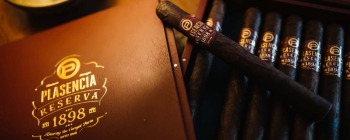
Table of Contents


